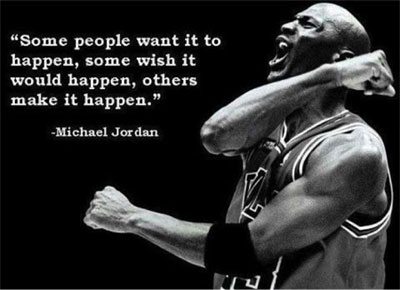To go past the mark is as wrong as to fall short.
Could you believe that the ideal person is never the best at anything? Our heads are so full of delusions about wealth and power that we run ourselves ragged trying to out do each other. We spin our wheels until we burn ourselves out and are left hopeless and exhausted.
lorensworld.com
There is great pressure to attain the highest level of achievement. We want to be the richest, most beautiful, and most well-liked because these virtues are glorified. But by indulging our vanity we do ourselves more harm than good. The only way to achieve sustainable happiness is to practice the Golden Mean.
The idea of the Golden Mean has existed for thousands of years. It is at the core of both Eastern and Western philosophy and is central to the teachings of Aristotle and Confucius. The idea is simple.
Every quality has extremes at both ends. The Golden Mean is the natural balance between these extremes. At this harmonious point goodness and beauty are achieved.
Socrates used the example of extreme devotion to athletics versus extreme devotion to music to illustrate this idea. The athlete becomes overly aggressive and ferocious, while the musician becomes overly soft and effeminate. The ideal is someone who practices both athletics and music in moderation and acquires a harmonious mixture of both qualities.
Consider an example from modern times that I’m sure everyone has observed. The first person is extremely career driven. Each day he focuses on advancing himself. He spends long hours at the office, competes mercilessly with his coworkers, and flatters his superiors. As a result he has almost no personal life. The second person’s only pursuit is leisure. He likes to waste time with his friends watching television and playing video games.
Which of these persons is superior? Many people would argue for the hard worker. But at second glance his life is rather cold. His obsession with success has alienated his coworkers and left him without a family. He may become rich, but how will he enjoy it? The second man is no better. He has wasted his life in laziness. He has refused to develop himself and exists as a parasitic leech. Both men are worthy of pity.
I think we’d all agree the ideal would be somewhere in between these two people. So how do we find the elusive Golden Mean? The bad news: it takes years of trial and error get it perfect, but fortunately, we can all improve if we try.
It all starts with setting the right goals. Whenever you make a goal you need to do it with the right intention. Don’t set goals with the intent to dominate other people. This type of goal setting is ego driven and pulls you away from the mean. Instead, try to start with a goal that is in between total selfishness and total selflessness. If you are helping yourself and other people at the same time you can draw motivation from your ego driven side and from the part of you that wants to work for the common good. This type of goal setting is effective because whenever you start to lose motivation in one area you can draw from the other.
The next step to reaching the Golden Mean is knowing your limits. You need to know when that next drink is going to put you over the edge or when one more project is going to stress you out. The idea is to maintain balance at all times. You need to police yourself to avoid extremity. If you know when you are inclined to stray you have a head start on achieving balance.
Another step to achieving the Golden Mean is being aware of your personal needs. Sure we need money and success, but having good relationships with friends and family are just as important. Whenever you find yourself unhappy, take a moment to reflect on the reason. You will likely find that you have drifted over to one extreme and are feeling the consequences.
I know the Golden Mean is hard to live by, but it is the key to finding your inner confidence. Ben Franklin said, “The wise learn from the mistakes of others, fools, scarcely from their own.” Next time you find yourself willing to do anything to be the best of the best, take a moment to reconsider. You may find it is better to be the best “you” you can be.
Source












